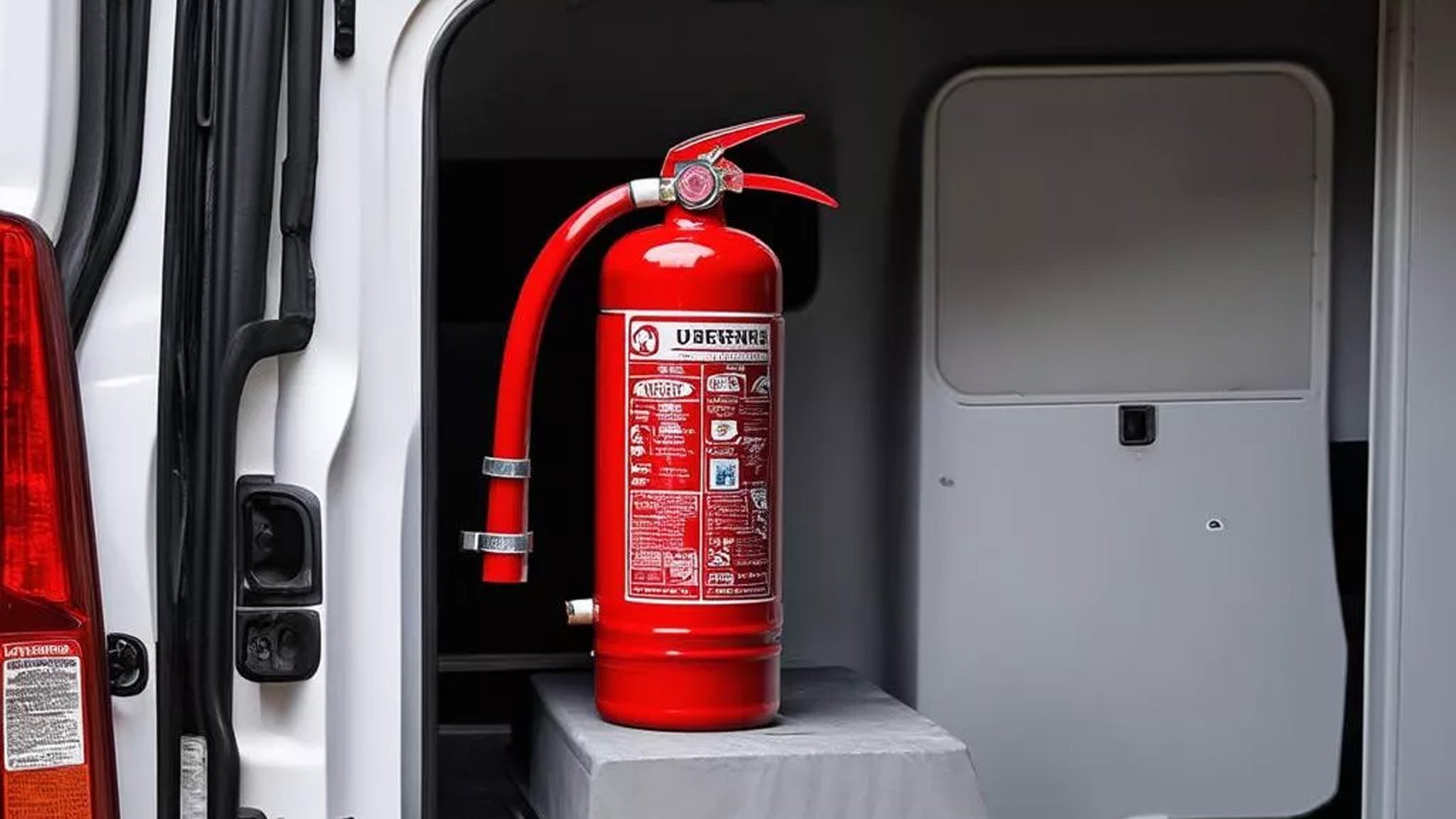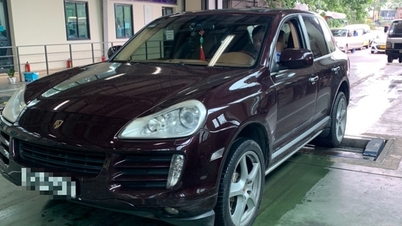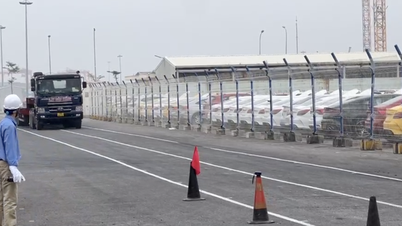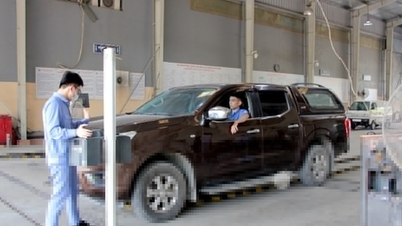According to the draft, fire extinguishers on cars will be one of the mandatory items to be inspected during the vehicle registration process. Specifically, motor vehicles will be evaluated through two main criteria:
Fire extinguishers must be available as required.
Fire extinguisher is still in use.
The inspection method is carried out by directly observing the fire extinguisher on the vehicle. However, a flexible provision is made that in case the vehicle does not meet the requirements for fire extinguishers, the vehicle can still be inspected and issued a Certificate of Inspection according to the regulations. This shows flexibility in the application of standards, while creating conditions for vehicle owners.

Install fire extinguisher on car according to technical documents, no traces of friction on moving parts.
New standards for body, cockpit and cargo box
In addition to regulations on fire extinguishers, the new standard also provides testing and evaluation criteria for the vehicle body, cockpit and cargo box.
The inspection method is to observe and evaluate the strength, integrity and safety of the components. The inspection items include checking for cracks, breaks, holes, rust or not. At the same time, the components must ensure that there is no leakage of gas from the engine or exhaust into the vehicle compartment or cockpit.
Standards for cross beams, longitudinal beams and vehicle floors
The inspection of the cross beams and longitudinal beams will be carried out by observation, using a hammer and combined with shaking by hand to ensure that these beams are firmly installed, without cracks, breaks or deformation. Similarly, the vehicle floor will also be inspected with criteria such as no holes, tears or rust.
Regulations on steps and car doors
The vehicle steps will be inspected by observation and hand shaking to ensure they are securely installed and free of cracks or breaks. For the vehicle doors, door locks and door handles, the inspection will include closing, opening and observing to ensure these parts operate smoothly, are not damaged and are safe to use.
Standards for electrical wiring systems
The vehicle's electrical wiring, especially in the engine compartment, also requires visual and tactile inspection. The wires must be securely installed, the insulation must not be damaged, and there must be no signs of rubbing against moving parts.
The inclusion of fire extinguishers in the vehicle registration list is a significant step forward in improving fire safety standards in vehicles. With vehicle fires becoming an increasing concern, it is essential to equip fire extinguishers and ensure they work effectively.
Source: https://www.congluan.vn/bo-giao-thong-van-tai-de-xuat-quy-chuan-dang-kiem-ve-binh-chua-chay-tren-oto-post311946.html






![[Photo] Prime Minister Pham Minh Chinh chairs conference on anti-smuggling, trade fraud, and counterfeit goods](https://vphoto.vietnam.vn/thumb/1200x675/vietnam/resource/IMAGE/2025/5/14/6cd67667e99e4248b7d4f587fd21e37c)





























































































Comment (0)